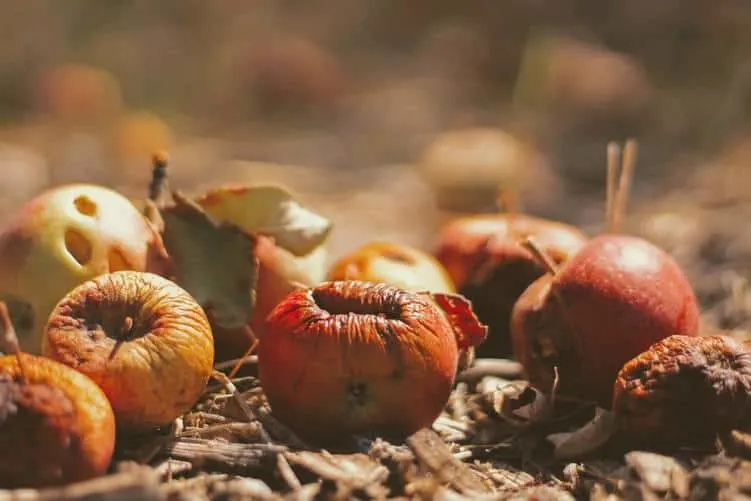Compost is a valuable home project. According to multiple studies, 28% of the daily compost from homes consists of leftover food and other edibles. The food remains are too much to be thrown when they can be included in compost. Composting minimizes the need to use chemical fertilizers, enriches the soil naturally, and also minimizes the ethane emission in environments.
There are other benefits too, which people with composts get compared to those who depend on fertilizers. If you often throw your leftover foods and you are looking for an excellent way of saving money, this guide is for you. Read on to know how to compost your leftover food substances and naturally enrich your soils.

Choose the Ideal Compost
There are two main types of backyard composts, says TreeHugger.com; on-ground compost and underground compost. You will only need to pile the leftover foods and the other types of compost for on-ground. For the underground, it will be necessary for you to dig a hole. The underground ones are pretty advantageous because they are not prone to animal damage and other adverse weather effects. If you don’t want to dig a hole, buy an excellent compost bin of your ideal size. Locate it strategically in a secretive place within your compound. The perfect compost location should be sunny, flat, and should have an efficient drainage system. If possible, ensure that small children or pets do not play within the area.
Make the Layers
The ideal compost should have different layers for different materials. The food leftovers alone would not be suitable because of drainage issues. Experts recommend homeowners add twigs and light dry leaves at the bottom of the compost. The leaves provide excellent aeration, and also allow good passage of water. Plant products are the best, so you should avoid derivatives that do not decompose with ease. Ensure you put the right stuff in; for instance, you should avoid using plastics in the compost, charcoal, metal, and glass.
Here is a list of things you should add to the compost:
Vegetable and fruits scraps
Eggshells
Dried leaves
Shredded books or newspapers
Sawdust
Bark chips and chopped woods
Add your kitchen leftovers
There is an excellent article on PopSci that explains why you should compost.
You can add your leftovers to the compost. For convenience, keep them temporary in a dustbin in the kitchen. Cover them well until they are full. Also, separate them from the nylon papers in the trash. When full, take them to your compost. It would be advisable to add some green or brown leaves between the leftovers if there are too many. In this way, you will ensure that the compost gets a good flow of air. Keep adding more food into the compost until it gets full.

Water the Compost
You should consistently add water to your pile for it to decompose well. However, you should only sprinkle enough water because too much water could cause a mess. Excess water kills the compost microorganisms and makes the entire process useless. Therefore, you should monitor the compost temperature regularly whenever you add water. Alternatively, you can use your hand to touch the middle of the bottom part of the compost. The right temperature should warm your hand.
Stir the Compost
Keep stirring every time you add water or new leftovers. When you stir, you let in oxygen into the pile and thus facilitate the decomposing process. Also, stirring will keep off bad odor from developing on the site. Ideally, you should add more compost whenever the temperature ranges between 130 and 150 degrees.
Harvest the Compost
The last step would be to invest the compost when ready. Ideally, the final compost should be dark and have a crumbly appearance. It should attain that appearance after at least four months. Remove the compost carefully and take it to your garden or in the right place. You may repeat the process after a few days. Also, you should use the compost well in the garden. If it’s a flower bed, sprinkle the fertilizer well on the roots of the followers. You may need to mix the manure with soil and other things for some plants.
As you can see, composting leftover foods is quite simple and straightforward. People have been doing it, and so, you can also try and save a substantial amount of money you spent on fertilizers. So, follow the above process, and be keen on the food substances you add on the compost. Also, confirm if your state municipal allows individuals to keep their home compost. Follow all the steps and procedures given by your state to avoid legal repercussions.
Resources:
